Is this aircraft airworthy?
That’s one of the first questions your examiner will ask — and one of the most important questions you’ll need to answer every time you fly.
The Airworthiness section of the Private Pilot ACS isn’t just about documents — it’s about your responsibility as PIC (Pilot in Command) to ensure your aircraft is legal and safe to operate. At Angel Aviation, we train every student to approach airworthiness with confidence, clarity, and an understanding of the regs behind every decision.
Let’s walk through everything you need to know for this part of your checkride.
What the Examiner Wants to See
ACS Area II: Airworthiness Requirements
Your Designated Pilot Examiner (DPE) will evaluate your ability to:
- Determine if the aircraft is airworthy and legally ready to fly
- Identify required inspections, documents, and equipment
- Explain pilot responsibilities for inoperative equipment and maintenance discrepancies
- Reference applicable FARs and make smart, legal decisions
Required Aircraft Documents
Ref: 14 CFR §91.203
Use the acronym ARROW to remember what must be onboard:
- Airworthiness Certificate (§91.203(a)(1))
- Registration Certificate (§91.203(a)(2))
- Radio Station License (only required for international flights)
- Operating Limitations (POH/AFM) (§91.9)
- Weight and Balance data (§91.9(b)(2))
Your examiner may ask: “Where is each document located in this airplane?”
Be ready to point them out and explain what each means.
Required Inspections
(Ref: 14 CFR §91.409 & §91.411–413)
Use AVIATE to remember required inspections:
- Airworthiness Directives (ADs) – Mandatory compliance for safety; can be one-time or recurring (§91.403(a))
- VOR Check – every 30 days if IFR (§91.171)
- Inspections 100-Hour Inspection – for aircraft used for hire (§91.409(b)) and Annual Inspection – every 12 calendar months (§91.409(a))
- Altimeter/Pitot-Static – every 24 months (§91.411)
- Transponder – every 24 months (§91.413)
- ELT – inspected every 12 months (§91.207(d)), batteries replaced after 1 hour cumulative use or half battery life
- Service Bulletins – not always mandatory, but important to know if applicable
Have the aircraft’s maintenance logbooks ready and know where to find each inspection entry.
Minimum Equipment Requirements
(Ref: 14 CFR §91.205)
Know what instruments and equipment are required for:
- VFR Day (the “TOMATO FLAMES” acronym)
- VFR Night (add “FLAPS” to TOMATO FLAMES)
If something is inoperative, explain how to legally fly without it using:
- MEL (if available) or §91.213(d)
- KOEL (Kinds of Operations Equipment List) in the POH
- Apply the inoperative equipment flow: Is it required? Can it be deactivated? Is it placarded?
Airworthiness vs. Safety
Be ready to explain the difference:
- Airworthy = meets its type design, in condition for safe operation, and complies with maintenance regs
- An aircraft may be airworthy but not safe, or safe but not airworthy
Your examiner may present you with a scenario, like:
“You’re flying and notice the landing light is inoperative. Can you still go?”
You’ll need to walk through the process of determining legality and risk using:
- §91.205
- POH
- Practical decision-making
Pilot Responsibilities
Ref: 14 CFR §91.3, §91.403, §91.7
As PIC, you are responsible for:
- Determining the aircraft is in a condition for safe flight (§91.7)
- Ensuring required maintenance and inspections are completed (§91.403)
- Acting safely and legally (§91.3)
Angel Aviation instructors will often ask:
- “If a discrepancy is found on preflight, what do you do?”
- “What’s your role in determining airworthiness?”
- “Can you fly an aircraft with an inoperative instrument if it’s not required?”
Be ready to answer with confidence.
Final Thoughts from Angel Aviation
Airworthiness isn’t just paperwork — it’s your legal and moral responsibility as a pilot. This is where the FAA is trusting you to speak up, ground an aircraft if needed, and protect your passengers.
At Angel Aviation, we make sure you’re not only ready for your checkride — you’re ready to fly safely and responsibly for life.
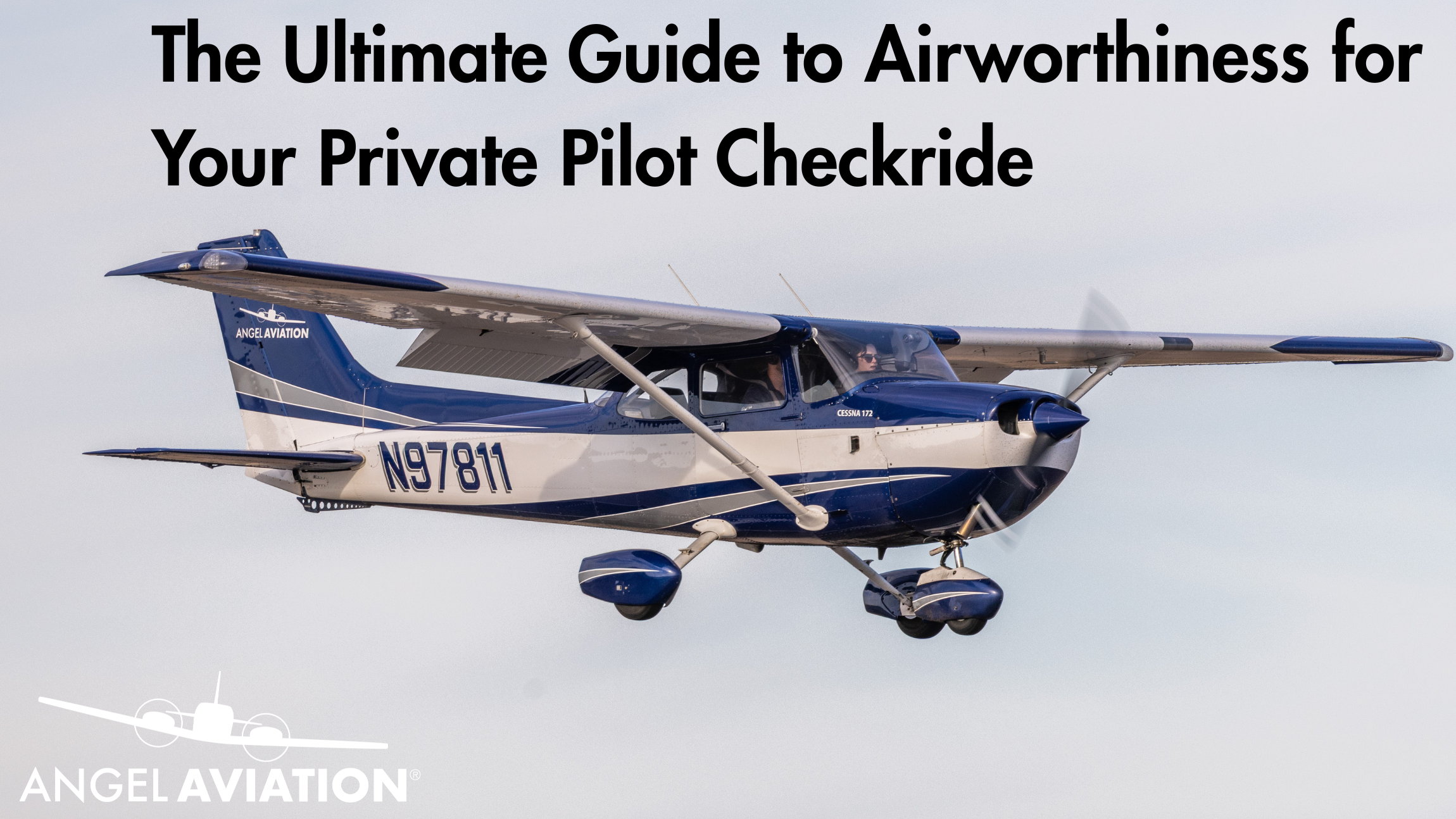
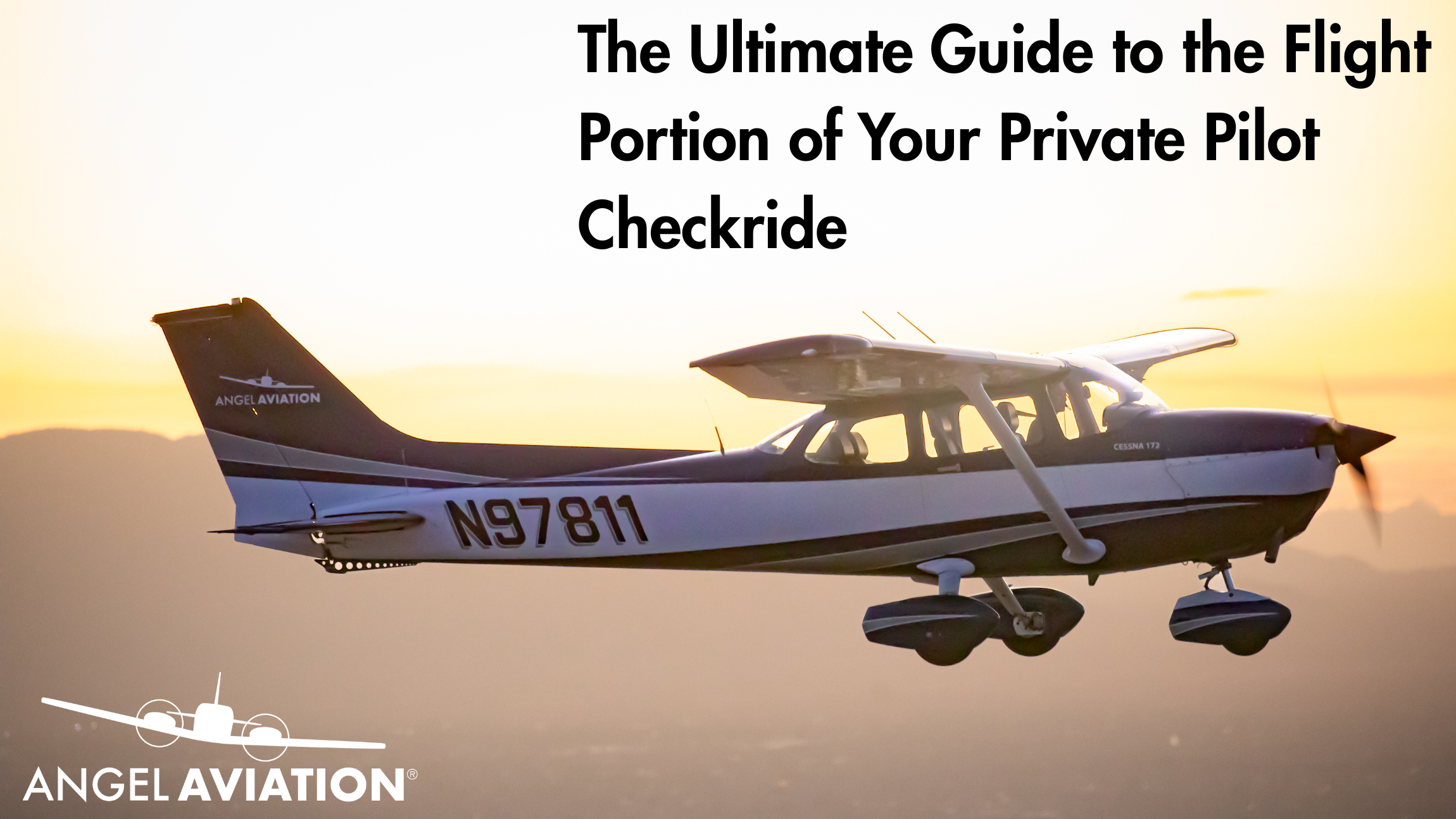
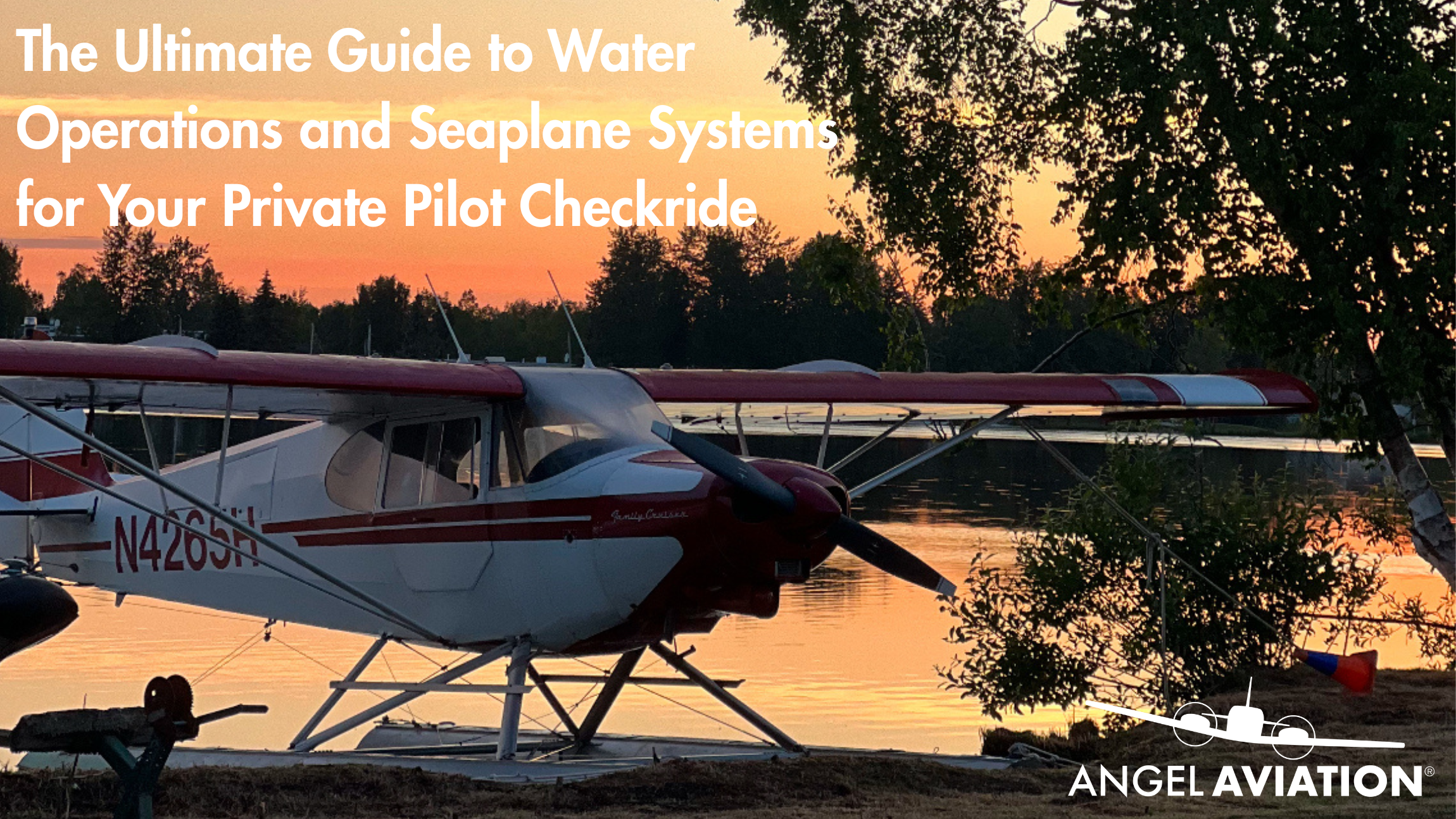

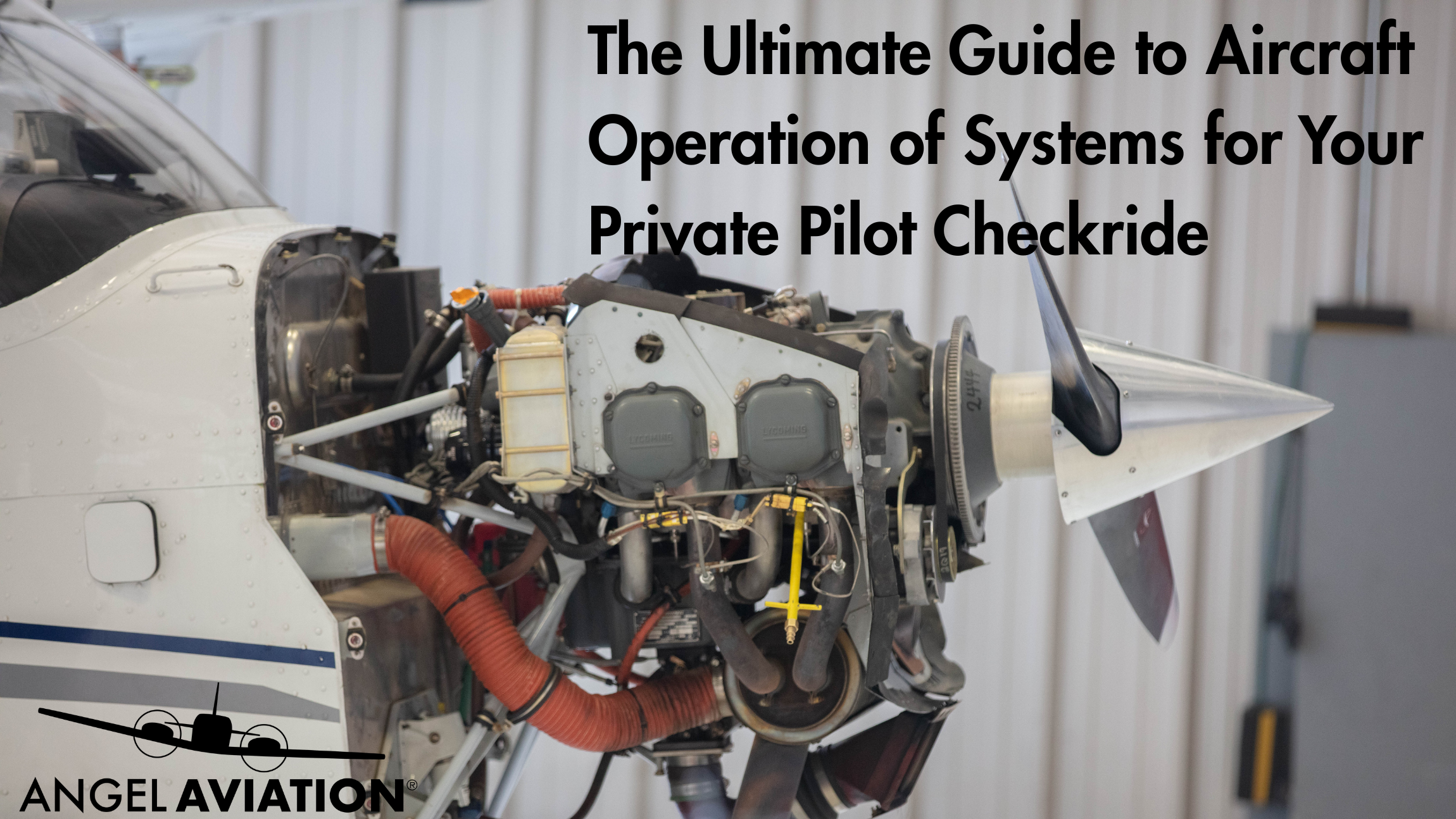
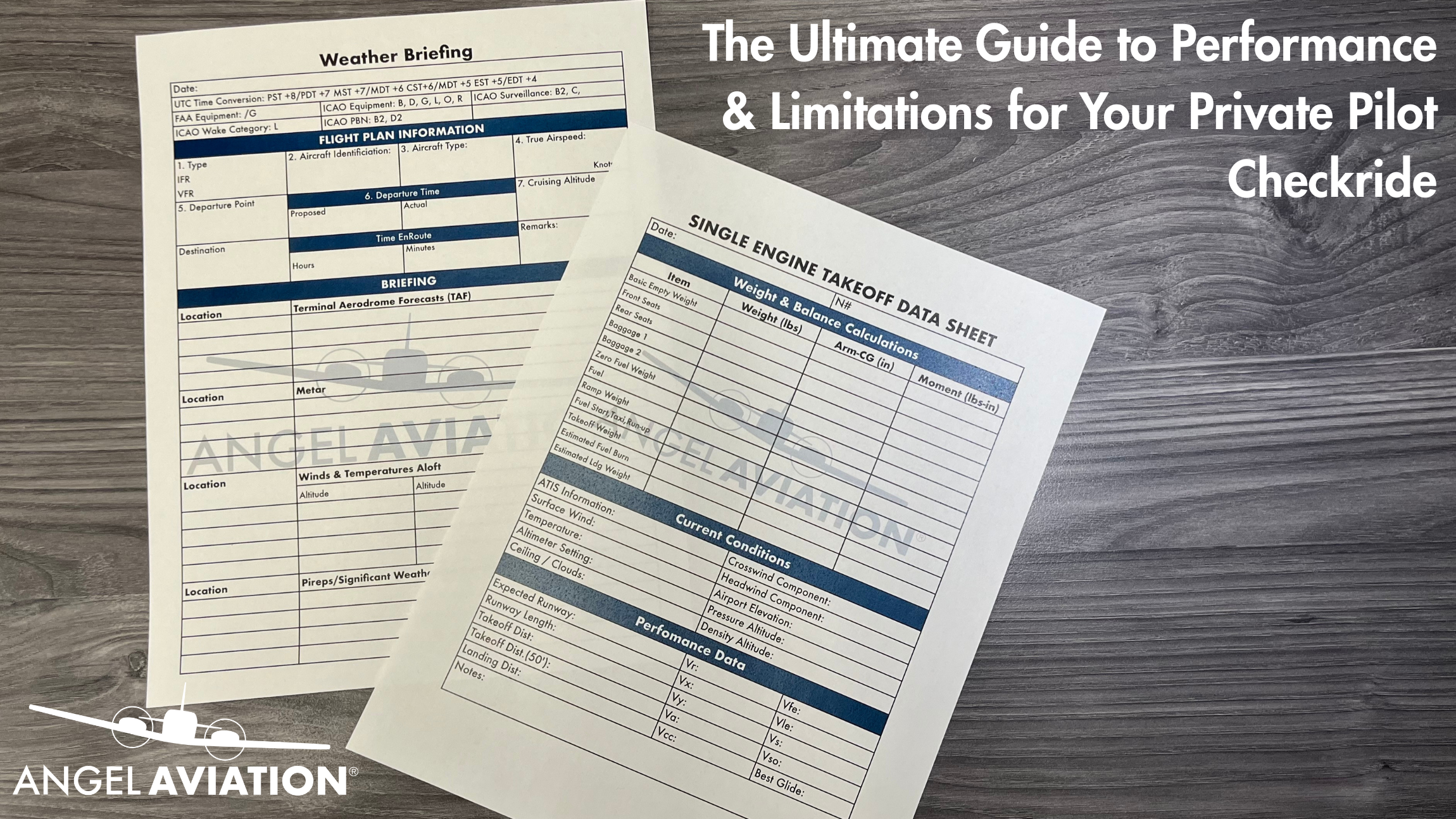
Leave A Comment